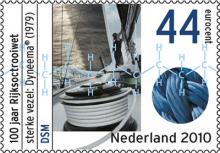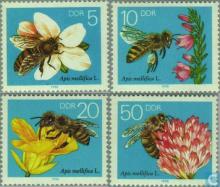Veel vogelsoorten van de Waddenzee worden met uitsterven bedreigd
Op 18 april 2013 kwamen broedvogeldeskundigen en natuurbeschermers van de drie Waddenzee landen Denemarken, Nederland en Duitsland bij elkaar voor de internationale workshop “Breeding Birds in Trouble". Uit lange termijn trends van broedvogeltellingen blijkt dat de aantallen van 2/3 van alle internationaal gemonitorde soorten in het Waddengebied afnemen. De trends van de afgelopen 10 jaar tonen zelfs aan dat de achteruitgang van sommige soorten, zoals scholeksters (Haematopus ostralegus), kluten (Recurvirostra avosetta) en Noordse Stern (Sterna paradisaea) in een versnelling is geraakt. Zeldzame broedvogels, zoals kemphaan (Philomachus pugnax), bonte strandlopers (Calidris alpina) en watersnip (Gallinago gallinago) staan op de rand van verdwijnen uit het Waddengebied. Als de huidige negatieve trends doorzetten, dreigen meer broedvogels, zoals de blauwe kiekendief (Circus cyaneus), te verdwijnen. In een reactie schrijft de toxicoloog Henk Tennekes dat de vogelsoorten die achteruitgaan in veel gevallen afhankelijk zijn van insecten die eveneens schaarser worden. De toenemende verontreiniging van bodem en water met het insecticide imidacloprid in of nabij broedgebieden zou daarbij een belangrijke rol kunnen spelen. Uit onderzoek van de Universiteit Utrecht blijkt dat er een verband is tussen imidacloprid concentraties en de insectenrijkdom in het oppervlaktewater:
http://dx.plos.org/10.1371/journal.pone.0062374.










